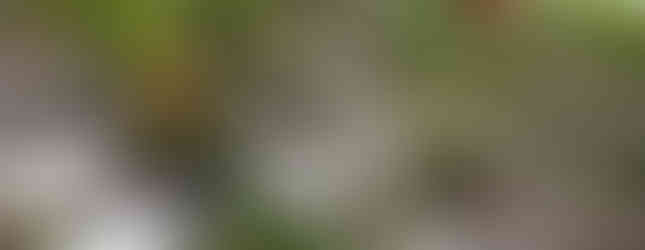- Christie Cannon

- Jun 14, 2023
The Mobile Alabama Botanical Gardens is a lush, expansive garden located in Mobile, Alabama. Jon and I recently visited the garden.
As we walked through the gardens, we were surrounded by a diverse collection of flora, a small bog garden, a magnolia grove, a longleaf pine forest, a Japanese maple garden, and the most expansive collection of azaleas I have ever seen.
One of the highlights of our visit was the crimson bottle brush bush, which was full of hundreds of bees. It was amazing to see how so many different types of bees together.

We also enjoyed learning about the history of the garden, which dates back to the 1970s when the once-private garden was donated to the city of Mobile. Since then, the garden has grown into a beloved landmark and cultural attraction for locals and visitors alike.
During our visit, we were lucky enough to attend their weekend plant sale. It was an exciting opportunity for us to purchase some unique plants and take a little piece of the garden home with us. I finally found a plant that had been on my wish list for years - a "big leaf magnolia tree". I was thrilled to finally be able to add it to my own garden. I also picked up an interesting hosta plant for my mom, and some heirloom tomato plants for my dad's garden.

Overall, our visit to the Mobile Alabama Botanical Gardens was a delightful experience that we would highly recommend to anyone visiting the area. It's the perfect place to immerse yourself in the natural beauty of Alabama and explore the incredible diversity of flora and fauna that the garden has to offer.







































